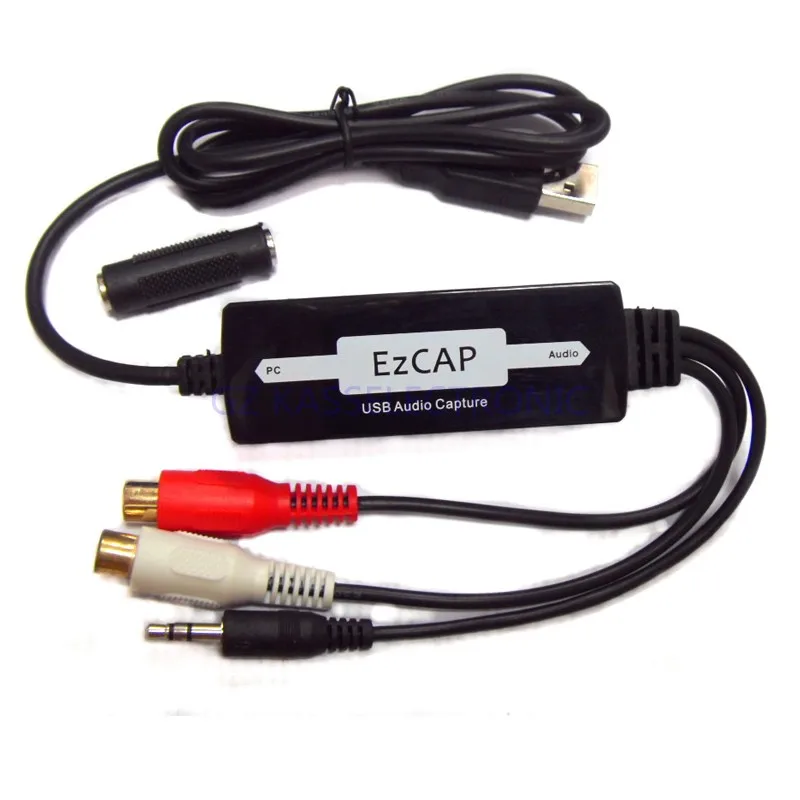@pmjordan I don't want to prevent the USB Audio driver from attaching to the device. All I want is the device to be hidden from the list of Audio output devices in System Preferences. I am hoping this should be possible using the codeless kext mechanism so that I do not have to write my own USB audio driver. – Raunak Apr 12 '13 at 5:26. USB Audio ASIO driver, connects USB Audio interfaces to ASIO compatible applications at latencies down to 7ms where you can't feel the delay any longer. USB Audio ASIO driver for Mac. USB Device Class Definition for Audio Devices Release 1.0 March 18, 1998 ii Scope of This Release This document is the 1.0 release of this device class definition. Contributors Gal Ashour IBM Corporation Billy Brackenridge Microsoft Corporation Oren Tirosh Altec Lansing Craig Todd Dolby Laboratories Remy Zimmermann Logitech Geert Knapen Philips. ICEVEIN USB to Audio External Stereo Sound Adapter with 3.5mm Headphone and Microphone Jack(2 Pack) for USB Audio Device, Windows, Mac, Linux, PC, Laptops, Desktops, PS4.(Obsidian & Mithril) 5.0 out of 5 stars 1. VANTEC NBA-120U Aluminum USB External Stereo Audio Adapter for Windows and Mac. Plug and play No drivers Needed. Color: White Changer Type: USB to Audio Specifications: Material: Aluminum Input: USB Output: 3.5 mm Stereo Headset and Microphone Jack Compatible with Window XP, Vista, 7, 8, 8.1, Linux, Mac OS X, Chromebook, and many Android systems Connector A: 1x USB 2.0 male.
You can use Audio MIDI Setup to configure audio input and output devices that you use with your iMac, such as microphones and multichannel audio interfaces. Audio MIDI Setup works with many types of audio and MIDI interface devices, including your computer’s built-in audio and digital multichannel audio devices. It works with devices connected to your iMac using FireWire, USB, Bluetooth, PCMCIA, and PCI.
The settings you can change in Audio MIDI Setup depend on the audio device you’re using. For example, if the device supports volume control, you can adjust the volume for each channel your audio output device has available by following these steps:
- Connect your audio devices to your iMac. If necessary, install any software included with the devices. See the documentation that came with your audio devices.
- Open Audio MIDI Setup (you can find it in Utilities, inside your computer's Applications folder).
- Choose an audio device from the list on the left side of the Audio Devices window.
- To use the device for sound input, choose 'Use this device for sound input' from the Action pop-up menu.
- To use the device for sound output, choose 'Use this device for sound output' from the Action pop-up menu. If you also want to use the device to play system sounds, choose 'Play alerts and sound effects through this device' from the Action pop-up menu.
- On the right side of the Audio Devices window, choose the options available for the device you're setting up:
- In most cases, leave the 'Clock source' pop-up menu on the default setting.
- To set up surround (multichannel) speaker configurations, click Configure Speakers. Then, choose the type of configuration you want to use. See Set up external speakers for stereo or surround sound for more information.
- You can set the sample rate and bit depth in the Format pop-up menus. Make sure they match the appropriate settings for your audio device and that the input and output sample rates are set to the same value. For example, the built-in speakers of an iMac computer may appear like this:
Mac Usb Devices Disabled
Additional settings
- If your iMac supports the hardware sample rate converter, the Hardware Rate Converter pop-up menu is available in the Input menu. When you choose Automatic from the pop-up menu, the hardware sample rate converter is turned on if the audio samples coming in are PCM and formatted according to the international standard IEC 60958-3. The hardware sample rate converter is turned off if the input stream is encoded. You can also choose Enable or Disable from the menu to keep the hardware sample rate converter turned on or off.
If you choose Enable from the menu, you may not be able to stream non-LPCM or encoded audio because the audio may not be recognized. - If software volume control is available for your device, the Volume sliders are blue to indicate they are active. Drag the sliders to set the volume for each channel.
Windows 7 Usb Audio Device
Learn more





